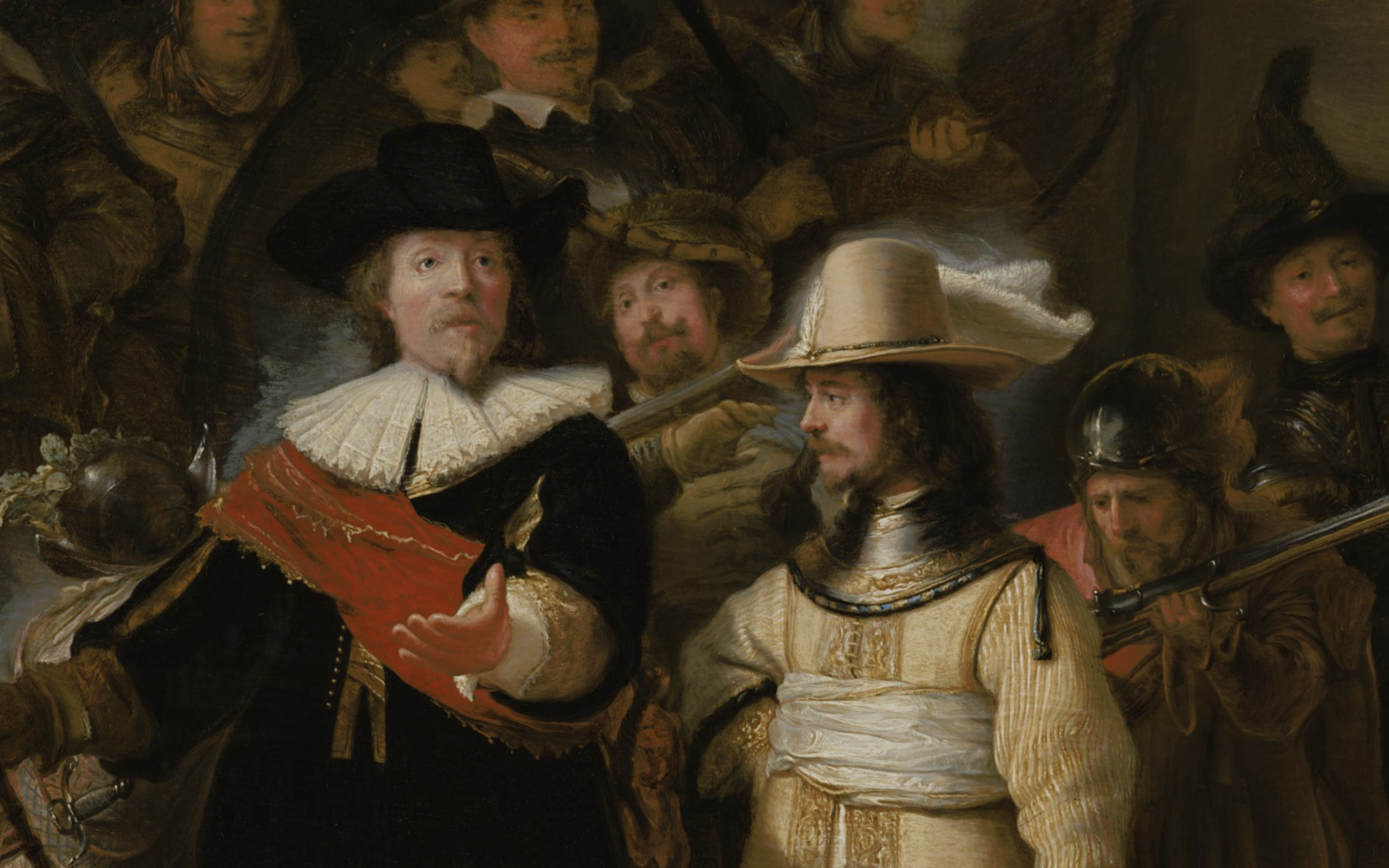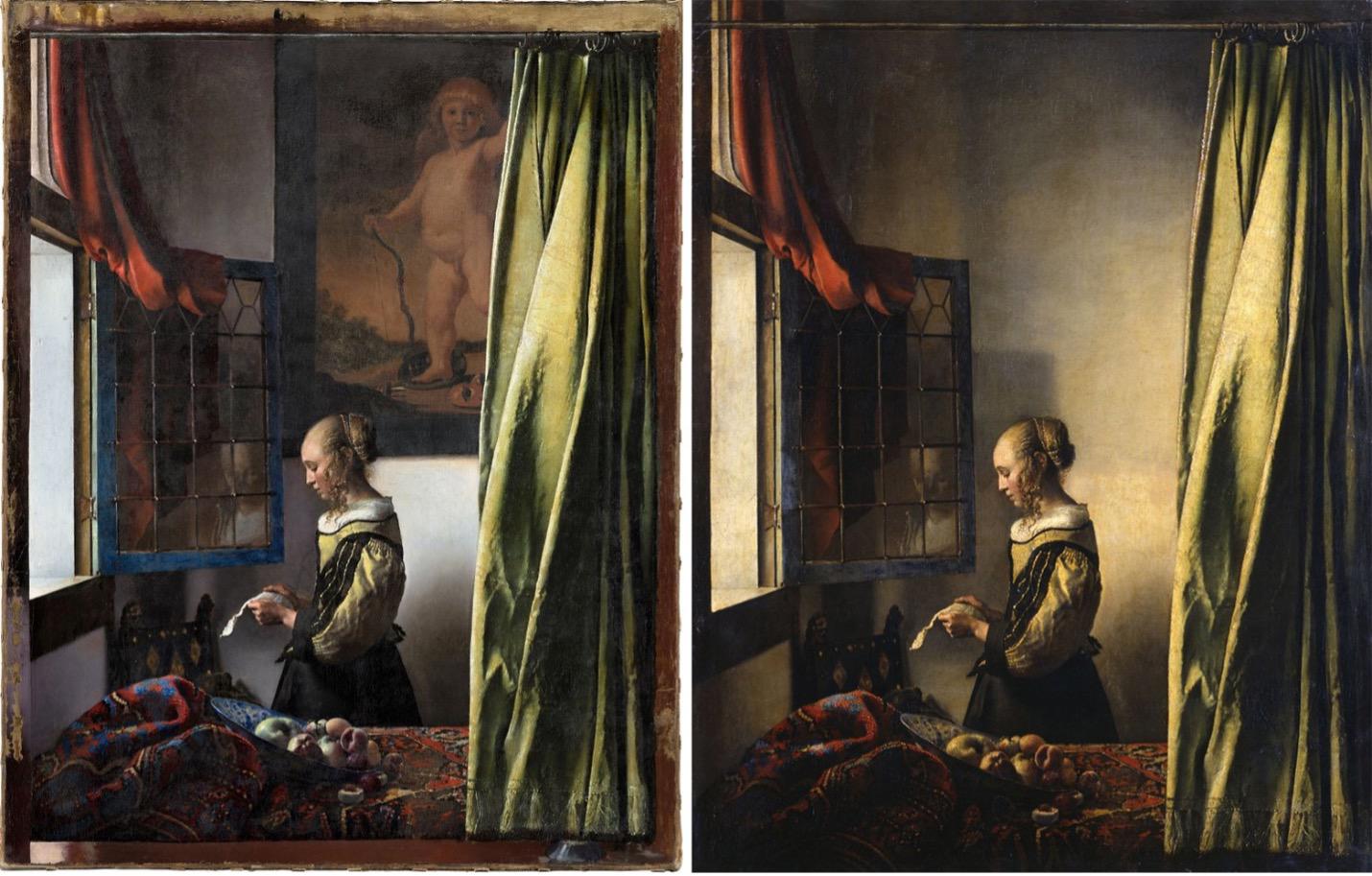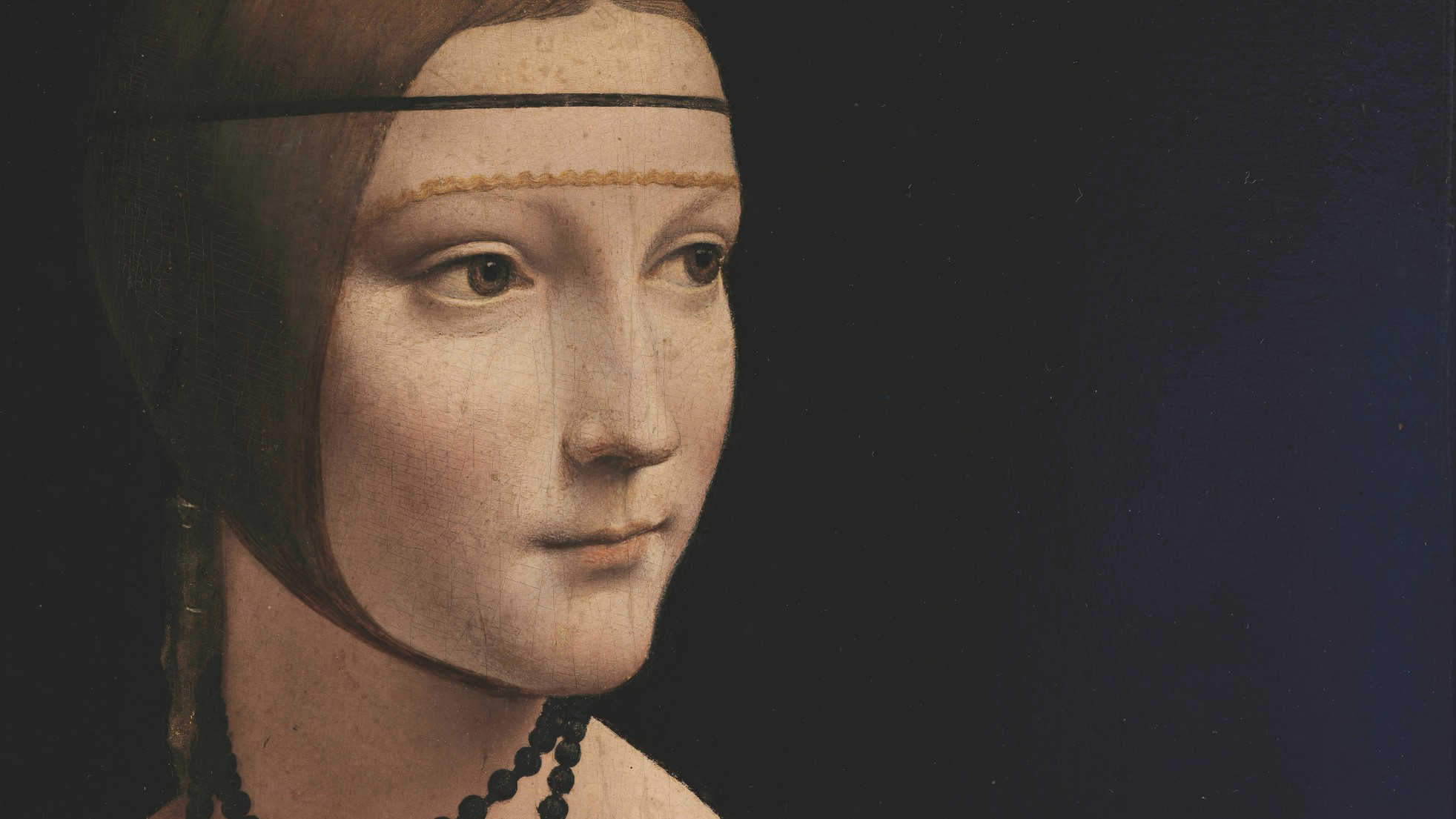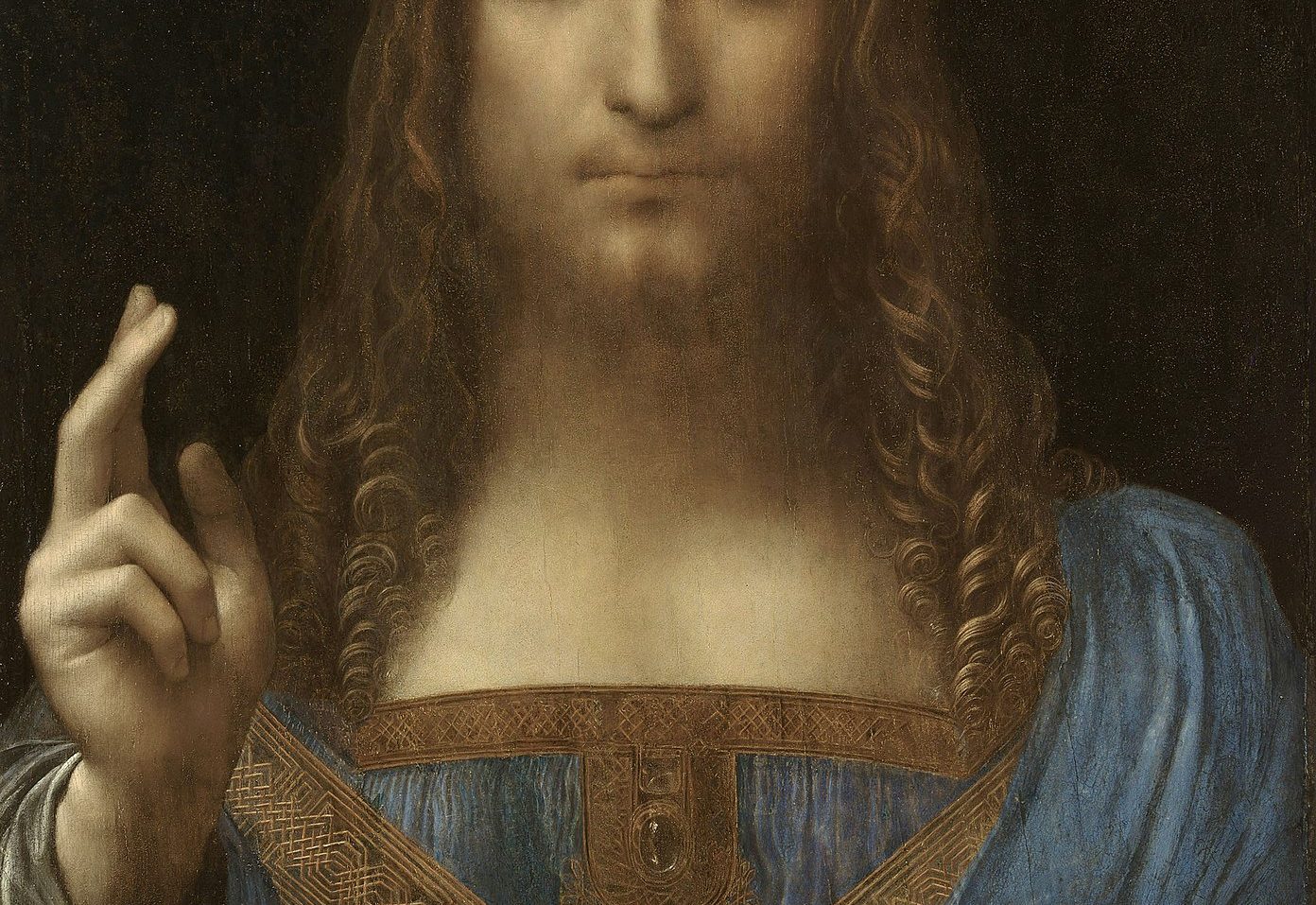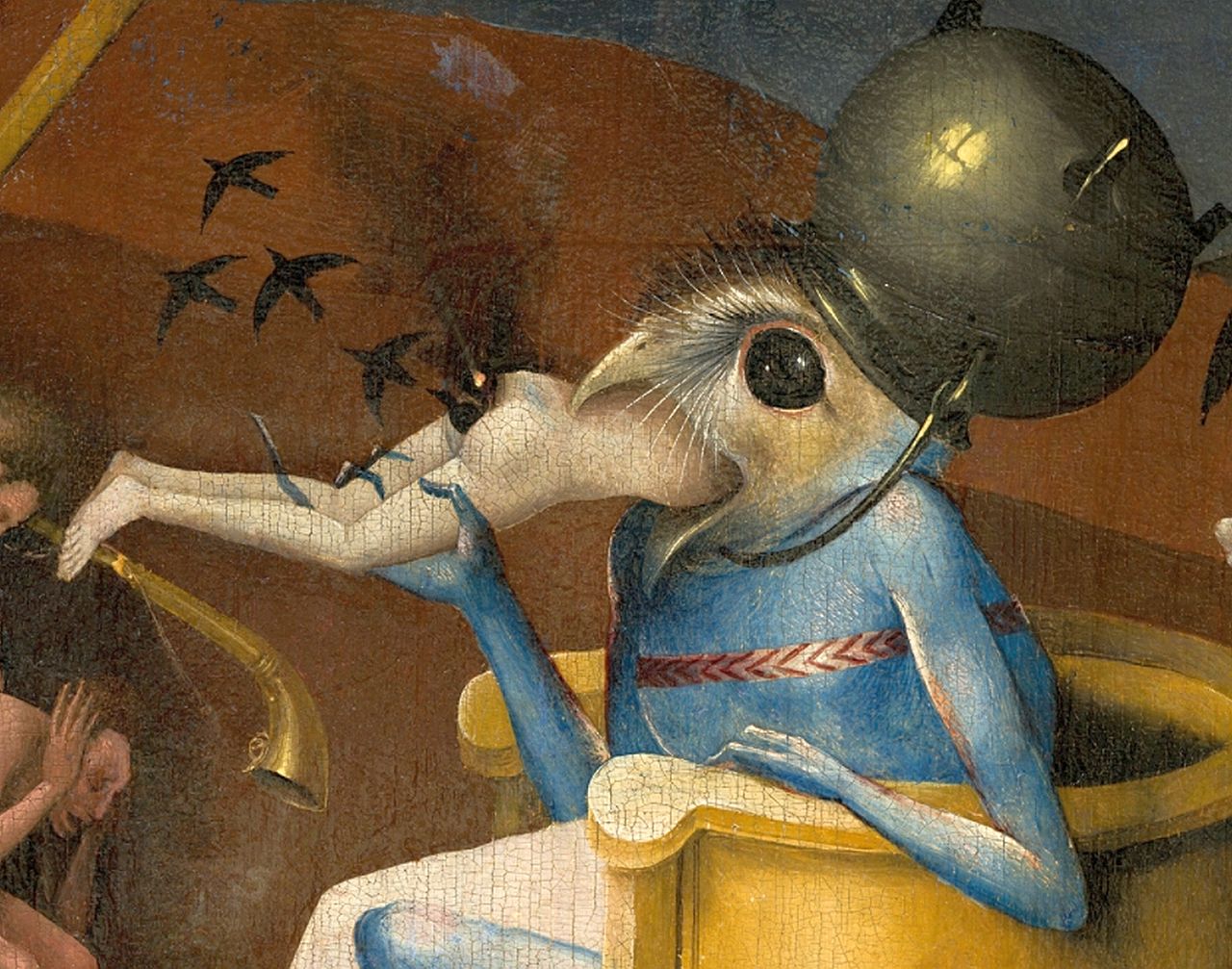Painting thought to be merely a Rembrandt copy belongs to the master himself
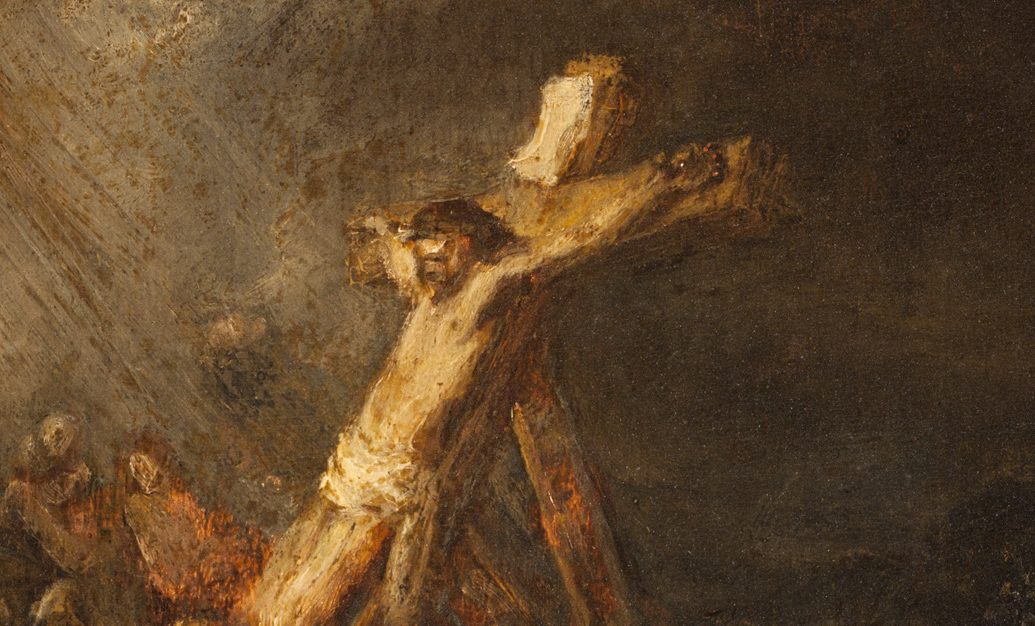
- The Raising of the Cross, a rough oil sketch of the crucifixion of Christ, was initially believed to be an amateur’s copy of a finished Rembrandt painting.
- Research by the Rijksmuseum confirmed that the painted sketch appears to be a genuine Rembrandt, albeit a rough draft of an unknown, possibly non-existent work.
- By dating the wooden panel on which the sketch was painted, the museum was able to determine the earliest date the image was created.
In 1921, the Dutch art historian Abraham Bredius bought a small, unfinished oil sketch on wooden panel depicting the crucifixion of Jesus Christ. The purchase, it seems, largely had been an impulsive one. Bredius was struck by the painting’s innate beauty, which – upon closer inspection – led him to believe its creator had been none other than the master artist Rembrandt van Rijn.
Initially, Bredius’ colleagues agreed. The sketch, now called The Raising of the Cross, possesses qualities indicative of Rembrandt’s handiwork. The composition is dynamic, with lots of figures moving around in a disorganized yet somehow harmonious manner. The scene was rendered in the middle of the action, with cross and Christ being raised up, seconds away from being bathed in divine light. It’s an unorthodox, humanizing depiction of a classic scene, the kind of approach that Rembrandt was famous for.
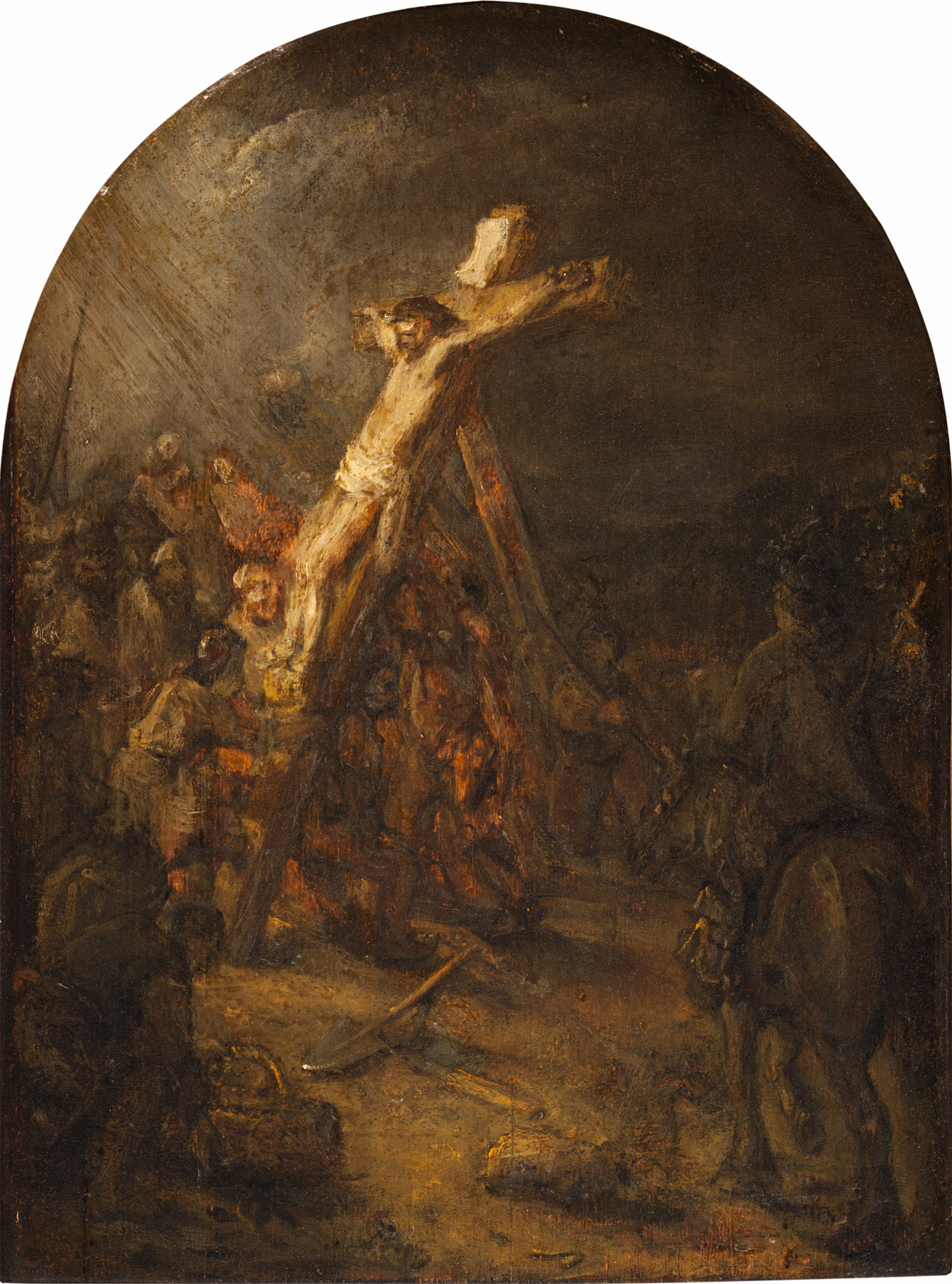
However, the sketch’s authenticity was called into question during the 1960s by Horst Gerson, author of Rembrandt Paintings, who failed to recognize how the work fit into the painter’s oeuvre and wrote it off as a crude copy (painted by someone else) of a Rembrandt painting on display at the Alte Pinakothek in Munich. According to a recent report from the Dutch broadcasting company NOS, Gerson may have received support from Ernst van de Wetering, the most revered (and recently deceased) Rembrandt expert who, in the words of NOS, “usually had the final word when it came to these kinds of questions.”
Rembrandt: real or fake?
Previously, The Raising of the Cross had been displayed prominently inside Bredius’ museum in The Hague. After Gerson’s damning assessment, however, the sketch was taken down and moved to a remote, rarely visited wing where it remained until, a few years ago, its innate beauty caught the eye of yet another art historian.
Jeroen Giltaij, the former chief curator of paintings at the Boijmans van Beuningen Museum in Rotterdam, was in The Hague researching his since-published Big Book of Rembrandt Paintings when he felt the urge to reexamine the disregarded sketch. Its beauty aside, The Raising of the Cross did not resemble the finished Rembrandt painting Gerson suggested that someone had copied.
For his own examination, Giltaij called on the help of Rotterdam-based art restorer Johanneke Verhave to remove discolored varnish layers and use X-rays to peek beneath the top layers of paint. The examination, which took two years to complete, revealed that the sketch’s composition had been altered significantly over the course of its production — quite unusual for a copy. “Its composition,” Verhave told news outlets, “was a creative process. This means the painter was changing his mind while he was working. He was clearly not copying another painting.”
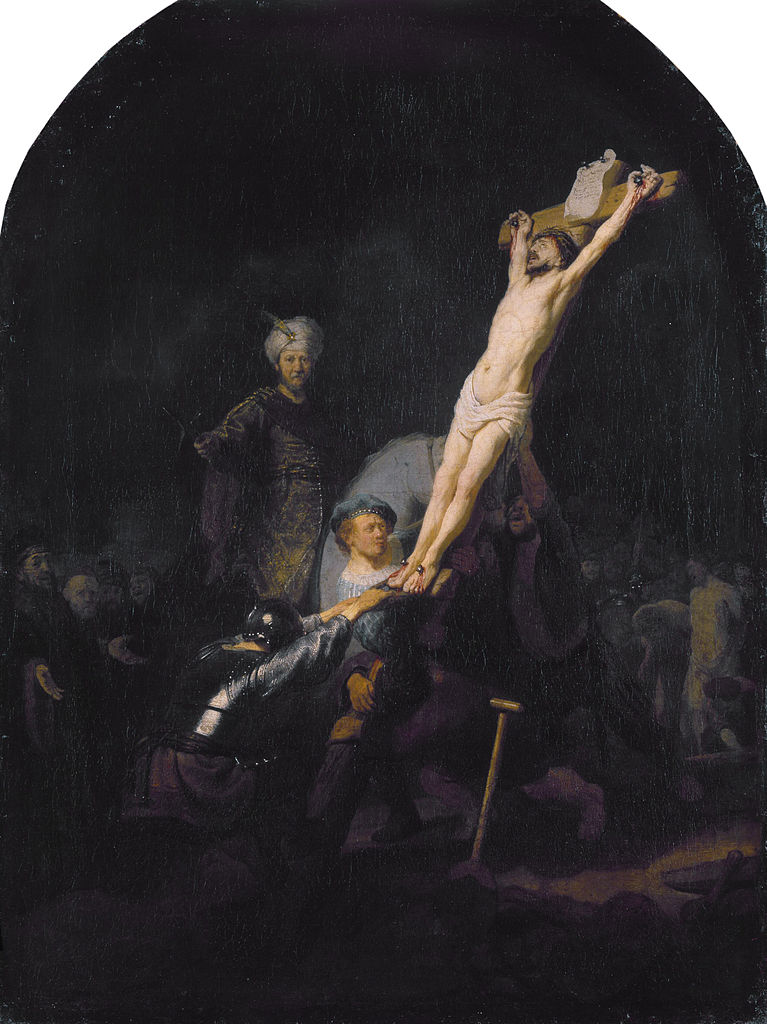
This new information gave rise to a new hypothesis for Giltaij: The Raising of the Cross was not an unfinished copy of the crucifixion painting in Munich, but a preparatory sketch. Its painter, by extension, was not some unknown copyist, but indeed Rembrandt himself. This would explain the sketch’s rough style, typical of Rembrandt’s later years but unusual for the time period in which this work would have been made. “Rembrandt is usually very precise and refined, but this is very rough,” Giltaij told the press. “The reason is the oil sketch is a preparatory sketch for another painting. He wants to show the composition, a rough idea of what the actual painting could look like.”
Laying to rest The Raising of the Cross
Because the Bredius Museum is a small museum with limited resources, The Raising of the Cross was sent to the Rijksmuseum for more extensive scientific investigation. This ongoing investigation is being headed by Petria Noble, the Rijksmuseum’s senior paintings conservator, who has worked on Rembrandt paintings for over 20 years. Since Verhave’s X-rays had already revealed changes in the composition, Noble’s first objective was to date the sketch — or, rather, the wooden panel on which the sketch was painted.
To do this, Noble enlisted the help of Marta Domínguez Delmás, a researcher at the Amsterdam School of Heritage, Memory, and Material Culture at the University of Amsterdam and an expert in dendrochronology (the practice of dating wood by counting the number of tree rings). The rings of The Raising of the Cross were obscured by a separate wooden strip attached to the bottom of the sketch. Once this strip had been safely removed, Delmás was able to determine that the panel — made from oak, most likely from eastern Lithuania, a popular material for Dutch painters in Rembrandt’s time — could not have been painted before 1642.
This earliest possible production date rules out the possibility that The Raising of the Cross was a preparatory sketch for the crucifixion painting in Munich, which is dated to 1633. But while Noble’s investigation disproves one theory put forth by Giltaij, she does not doubt that this is indeed a painting made by Rembrandt. “The sketch evolved organically,” she told Big Think over Zoom. “There are a number of changes in the composition. Those are not things you would expect from somebody who just copied a painting by Rembrandt.”
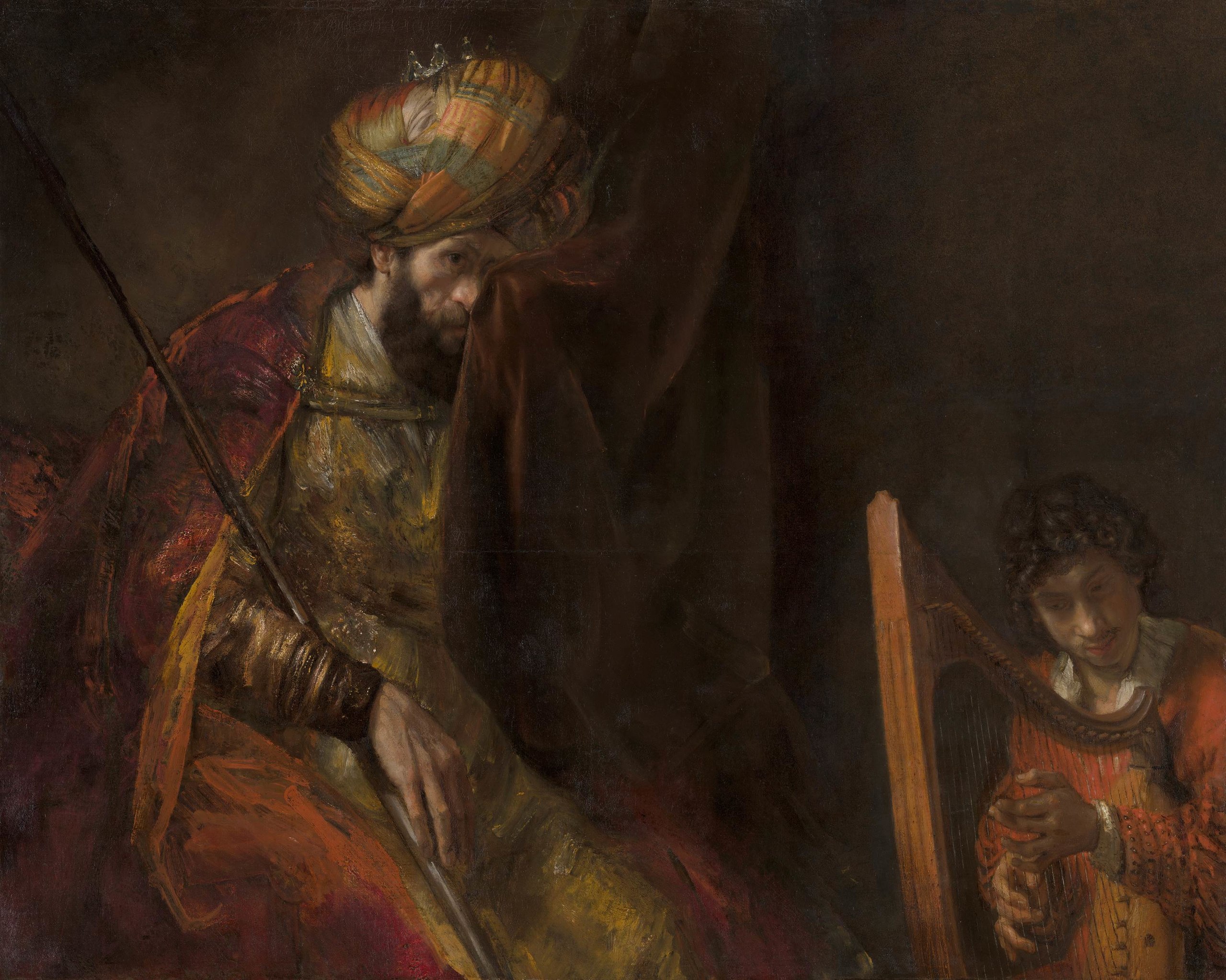
Research always raises new questions. If The Raising of the Cross was not a preparatory sketch for the Munich painting, then what was its purpose? One possibility is that the sketch was made in preparation for an etching or print, one that has been lost, or was never even made in the first place. The crucifixion of Christ was a popular subject for 17th century Dutch painters, one that they revisited time and again over the course of their careers. Aside from the two images already discussed, Rembrandt also explored the subject in drawings and etchings from 1628 and 1629, as well as in his paintings, including The Adoration of the Shepherds, which was completed in 1646.
If not a rough draft, The Raising of the Cross may have been made by Rembrandt in an attempt to improve upon the composition of the Munich painting. Placed side by side, the former certainly seems like a better version of the later. The Munich painting, though polished, is awkward and lifeless compared to some of Rembrandt’s best work. Noble points out how, in the sketch, the painter moved around figures already present in the Munich painting — such as the man with the turban — to create a more striking presentation. “To me,” she says, “that is an indication that this sketch was made after the Munich painting, and that Rembrandt was trying to improve the composition.”
Noble and her colleagues are not done yet. While the panel itself has been dated, they have still to interpret the results of macro X-ray fluorescence imaging. This technique, which has been around since 2012, allows researchers to analyze pigments that would not show up in regular X-rays. By examining the presence and distribution of pigments that contain lead, chalk, cobalt, calcium, and iron, the Rijksmuseum soon will be able to confirm whether The Raising of the Cross resembles other paintings by Rembrandt van Rijn and hopefully resolve this historical mystery.
